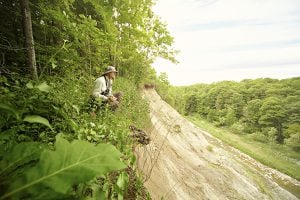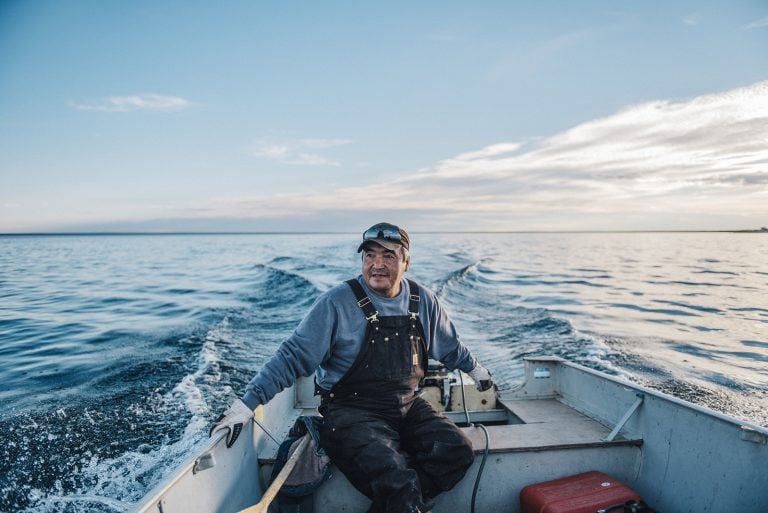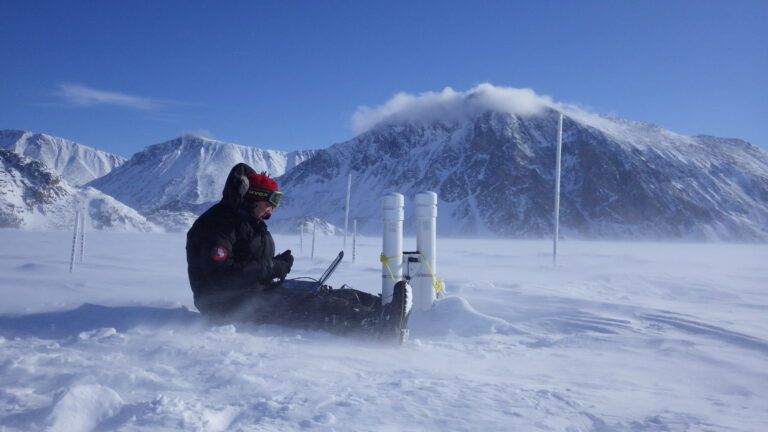For a slideshow of Nadya Kwandibens photography for Red Works, click on the image above.
What is the Concrete Indians series about?
It’s a series of Red Works that I shoot on my free time. The series asks what it means to be indigenous and living in an urban centre, and how living in an urban centre affects your cultural identity as a native person?
Even though we live in the cities, there is no diminishing of the pride that is instilled in our people. A lot of people are reconnecting with who they are. Some recently found out that they have indigenous roots in their family. I get people sending me messages of how much the series has affected and inspired them to be proud of who they are and to find strength in their cultural roots. There are no stoic Indians on my website.
Why is travelling and touring important to your photography?
Travelling is how I grew up. It’s in my blood. I love being on the open road and it allows my network to grow. I find more people to photograph from all the different nations that are in Canada. Being out on the road is part of the job, part of getting my work out there, being seen and meeting more people from all walks of life.
What advice would you give an aspiring photographer who is also interested in culture and portraiture?
One of the reasons Red Works has been so successful within the native community and society in general is because I’m out there and I’m touring. My best advice would be to just get out there and shoot.























